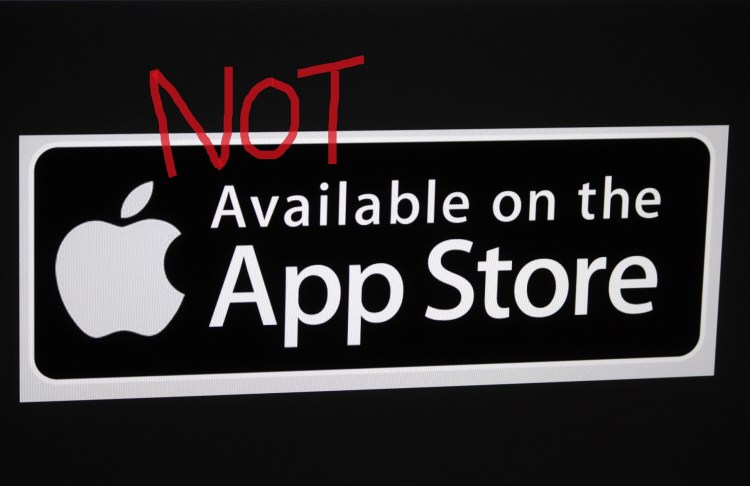Seven years ago I made an iPhone app that many people call their favorite. Unless something is done soon, that app will trot into the abyss, lock-step and arms-entangled with almost 200,000 peers.
Apple has long nudged iOS developers to upgrade their earlier apps to current technical standards. With its recent WWDC event, that nudge has become an ultimatum: Fix it now because your app won’t work on iOS 11, which by the way is coming out this fall.
You can see where Apple is coming from. By dropping older apps, it can slightly (very slightly) improve the performance of its phones and tablets. It can also scrape off some of the junk that’s been gumming-up the App Store: knock-offs, shovelware, homework assignments, and cash-ins.
At first glance, the ask appears reasonable. Updating an app should be much easier than building it in the first place, and Apple outlines the process in eight simple steps, with step one being “install the latest xcode” and step two being “open your project.” What’s the hold-up?
June 5th: The AI Audit in NYC
Join us next week in NYC to engage with top executive leaders, delving into strategies for auditing AI models to ensure fairness, optimal performance, and ethical compliance across diverse organizations. Secure your attendance for this exclusive invite-only event.
For my team and many other developers, updating isn’t an errand we’ve been putting off; it’s a massive, often unfeasible undertaking. Our app was built atop an ancient framework. To abide by Apple’s new standards, we’d have to spend 50-100 hours reprogramming the title.
And we have it easy — other developers face taller hurdles. One app may be missing its original assets. Another may have been born from a dissolved team, company, or partnership. Legal or licensing issues may impede another. The App Store has been around for almost a decade, time enough to thwart even the most well-equipped, forward-thinking company.
Underscoring everything are the financial considerations. Apps have a sales cycle; they start off strong and then taper off. Investing the resources to update a product past its prime rarely makes sense, especially today when the only apps that make money are modern, freemium titles.
As of this writing, around 8 percent of all apps will no longer function or be listed for sale on the App Store; they will simply vanish. And those affected won’t be knock-offs or shovelware either. Many are specialized business applications, big-name franchise flagships, and indie darlings. Take ours, for example, Nimble Strong. It has taught 10,000 people how to mix cocktails, earned plaudits in The New York Times, maintained a 4-star rating, and still sells 100 copies a month. It does not exist on any other platform, and no other app replaces it.
In an ideal world, Apple would reconsider the decision and value the apps that people love over a vague performance boost that people won’t notice. Barring that, there are a couple of things they could do to make the transition easier for customers and developers.
The first would be to fix the economics for developers. One method might be to offer free App Store advertising credits to developers who update well-reviewed legacy titles. This would cost Apple nothing, motivate developers, and earn the gratitude of consumers who could continue playing their favorite games.
The second would be to keep future generations in mind. If Apple is going to disable so many useful and interesting apps, many of which have artistic and historical merit, then they have a responsibility to organize and preserve those titles for posterity; or at least help the community do so.
Many older titles have stopped appearing in the App Store’s search results. For now, those titles are still accessible if you have a direct URL, but it’s unclear how long those links will last. Will Apple terminate those links when iOS 11 launches? How about iOS 12? Or will Apple pledge to keep them available in some place forever?
Apple should communicate its plans quickly. If it pledges to maintain a repository of legacy apps, we can breathe a sigh of relief. If not, we have to get to work archiving everything for the future.
To do otherwise and let almost 200,000 digital artifacts disappear wouldn’t just be tragic for so many Apple customers and developers, it would create a cultural black hole for generations to come.
Adam Ghahramani is an independent product and marketing producer based in New York and a frequent contributor to VentureBeat.

